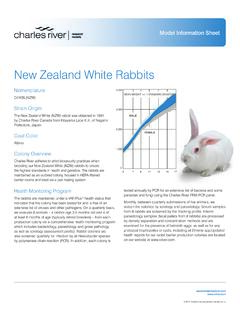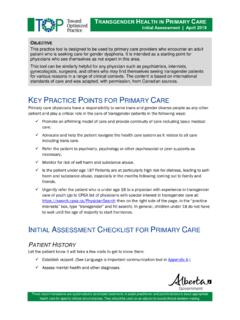Transcription of Vaccination of Cattle and Calves on U.S. Beef Cow-calf ...
1 United States Department of Agriculture Animal and Plant health Inspection Service Safeguarding American Agriculture Veterinary ServicesCenters for Epidemiology and Animal health December 2009 _____ Vaccination of Cattle and Calves on Beef Cow-calf Operations Vaccinations are an integral tool for preventing disease and for maintaining herd health . Vaccinations can improve overall herd health , resulting in decreased death loss and improved productivity.
2 In addition, vaccinations can improve reproductive efficiency by reducing infertility, embryonic and fetal deaths, and abortions. Optimum Vaccination programs vary by region, disease exposure, facilities, and other herd-specific variables. Factors such as sanitation, nutrition status, and concurrent infections must also be considered. While nearly all operations would benefit from some sort of immunization program, Vaccination protocols may vary considerably between individual operations. Protocols must be tailored to an operation s specific needs including, perhaps, the eventual marketing plan. The operation s veterinarian is in an ideal position to make optimum recommendations.
3 The Department of Agriculture s National Animal health Monitoring System (NAHMS) conducted the Beef 2007 08 study, which focused on beef Cow-calf health and management practices in 24 States.* These major beef Cow-calf producing States represented percent of operations with beef cows and percent of beef cows. One of the goals of the Beef 2007 08 study was to take an in-depth look at Vaccination practices on the Nation s beef Cow-calf operations. General Vaccination practices Overall, almost 7 of 10 operations ( percent) vaccinated any beef Cattle or Calves * States/Regions:West: California, Colorado, Idaho, Montana, New Mexico, Oregon,WyomingCentral: Iowa, Kansas, Missouri, Nebraska, North Dakota, SouthDakotaSoutheast: Alabama, Arkansas, Florida, Georgia, Kentucky,Louisiana, Mississippi, Oklahoma, Tennessee, Texas, Virginiain 2007.
4 Operations with 1 to 49 beef cows were less likely than operations with 50 or more beef cows to vaccinate any beef Cattle or Calves (table 1). Table 1. Percentage of Operations that Vaccinated any Beef Cattle or Calves in 2007, by Herd Size Percent Operations Herd Size (Number of Beef Cows) 1-4950-99100-199 200 or More All OperationsPercent Percent Percent PercentPercent A higher percentage of operations in the Central region ( percent) vaccinated any beef Cattle or Calves in 2007 compared with operations in the Southeast region ( percent) [table 2]. Table 2. Percentage of Operations that Vaccinated any Beef Cattle or Calves in 2007, by Region Percent Operations Region WestCentral relatively small percentage of operations vaccinated Calves less than 22 days of age ( percent) [table 3].
5 When Calves in this age group were vaccinated, they were vaccinated most commonly against clostridial disease agents. Less than 10 percent of operations vaccinated Calves in this age group with any particular vaccine type. (revised January 2010) United States Department of Agriculture Animal and Plant health Inspection Service Safeguarding American AgricultureNearly two-thirds of operations ( percent) vaccinated any Calves aged from 22 days to weaning. As with younger Calves , the most common Vaccination was a 2- or 4-way clostridial vaccine ( percent of operations). Approximately 3 of 10 operations vaccinated Calves aged from 22 days to weaning for respiratory diseases such as infectious bovine rhinotracheitis (IBR) or bovine viral diarrhea (BVD) ( and percent of operations, respectively).
6 Only percent of operations vaccinated any cows for any of the listed diseases. For cows, the most commonly used vaccine was for Leptospira ( percent of operations) followed by BVD ( percent of operations) and IBR ( percent of operations). Less than one-third of operations ( percent) vaccinated bulls for any of the listed diseases. Vaccination for BVD and leptospirosis occurred on approximately one of five operations ( and percent, respectively). Table 3. Percentage of Operations by Type of Vaccine Used for Any Beef Cattle or Calves in 2007, and by Cattle Class: Percent Operations Cattle Class Vaccine Type Calves 1-21 DaysCalves 22 Days Through Weaning Weaned Replace-ment Heifers Through Breeding Bred Replace-ment Heifers Through Calving Cows Bulls General (respiratory and/or reproductive ) Percent Percent Percent Percent Percent Percent Infectious bovine rhinotracheitis, rednose (IBR) viral diarrhea (BVD) somni PI3V (parainfluenza 3 virus) (bovine respiratory syncytial virus) Mannheimia Brucella abortus (vibrio) Clostridium chauvoei (blackleg) and/or Cl.
7 Septicum (malignant edema) and/or Cl. novyi and/or Cl. sordellii (2- or 4-way) perfringens C and D (enterotoxemia, overeating) tetani (tetanus) Rota/Corona Anaplasma bovis (pinkeye) virus United States Department of Agriculture Animal and Plant health Inspection Service Safeguarding American Agriculture Summary Over two-thirds of operations ( percent) vaccinated some Cattle or Calves . Among the various classes of Cattle and Calves , Calves aged from 22 days through weaning were the animals vaccinated most commonly; percent of operations vaccinated some Calves in this age group for some disease agent.
8 While Vaccination can be considered costly to an operation, it can also be an effective risk-management tool. Often, when a new disease is introduced into a na ve unvaccinated herd, it can have devastating effects on pregnancy, calving, and weaning rates, and weaning weights. Producers should work with their veterinarians to assess the true risks of disease exposure and the tolerance for risk. Based on that information, they can decide an optimum Vaccination strategy for their herd. _____ For more information, contact: USDA:APHIS:VS:CEAH NRRC Building B, 2E7 2150 Centre Avenue Fort Collins, CO 80526-8117 # _____ The Department of Agriculture (USDA) prohibits discrimination in all its programs and activities on the basis of race, color, national origin, age, disability, and where applicable, sex, marital status, familial status, parental status, religion, sexual orientation, genetic information, political beliefs, reprisal, or because all or part of an individual s income is derived from any public assistance program.
9 (Not all prohibited bases apply to all programs.) Persons with disabilities who require alternative means for communication of program information (Braille, large print, audiotape, etc.) should contact USDA s TARGET Center at (202) 720 2600 (voice and TDD). To file a complaint of discrimination, write to USDA, Director, Office of Civil Rights, 1400 Independence Avenue, , Washington, 20250 9410, or call (800) 795 3272 (voice) or (202) 720 6382 (TDD). USDA is an equal opportunity provider and of companies or commercial products does not imply recommendation or endorsement by the USDA over others not mentioned. USDA neither guarantees nor warrants the standard of any product mentioned.
10 Product names are mentioned solely to report factually on available data and to provide specific information.
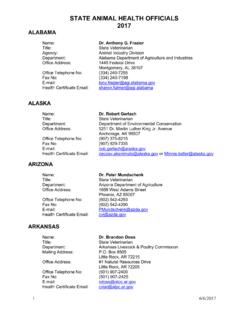
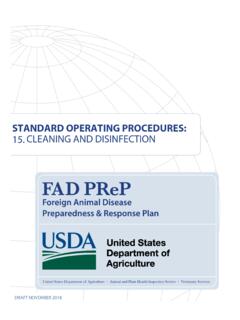
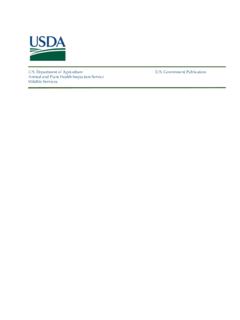
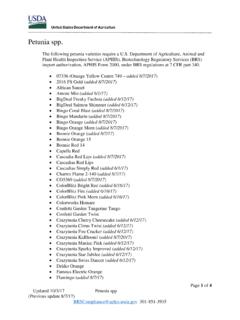
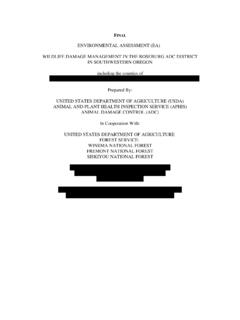
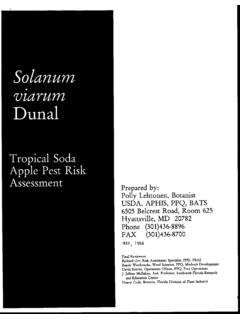
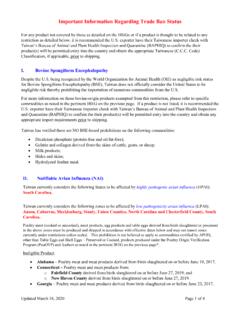
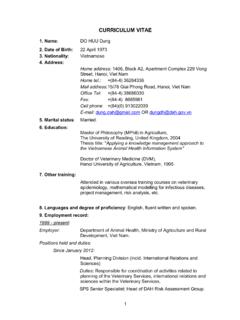
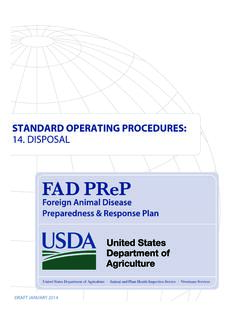
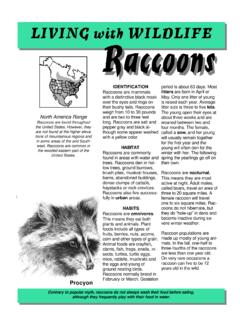
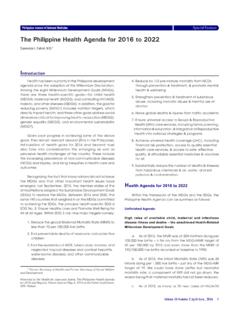
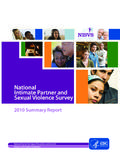
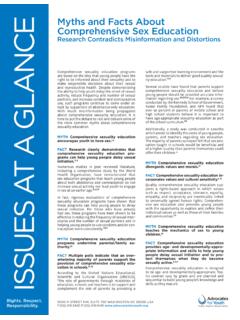


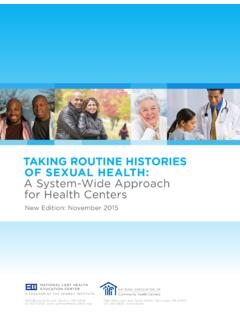
![Ghana Demographic and Health Survey 2014 [FR307]](/cache/preview/7/e/0/d/a/7/a/d/thumb-7e0da7ad1df07f972eeac2864b57fe34.jpg)
